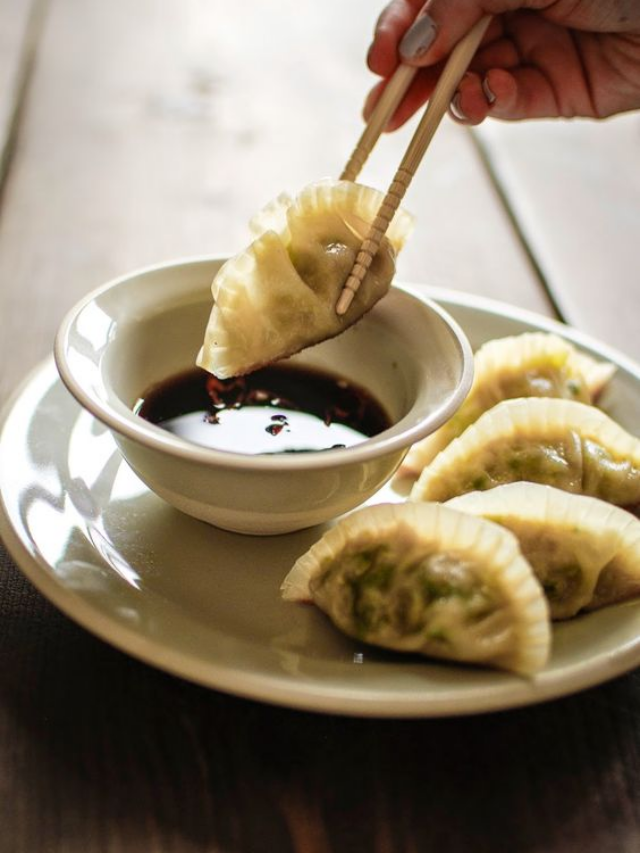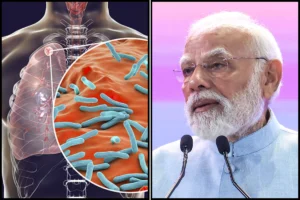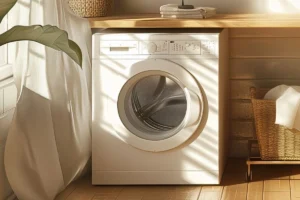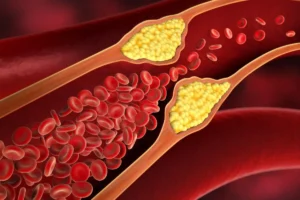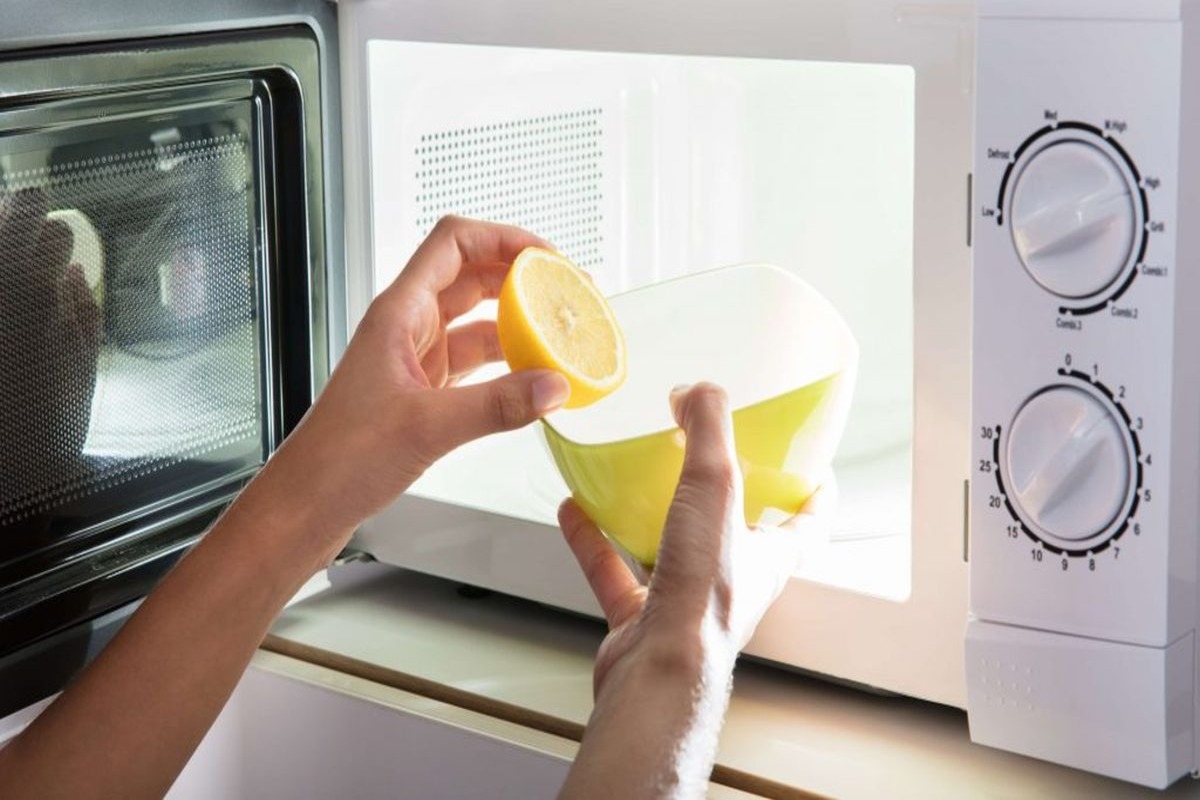
Study Finds, Microwaving Food Containers Can Expose You To Toxic Nanoplastics
Studies show that heating plastic food containers in a microwave can release billions of tiny, toxic plastic particles. Researchers found that heating plastic containers of baby food in a microwave can release more than 2 billion nano plastics and more than 4 million microplastics per square centimeter of the container.
Global Research
The study, recently published in the journal Environment Science & Technology, also found that three-quarters of cultured embryonic kidney cells died two days after being exposed to the same particles.
“Knowing the amount of microplastics and nano plastics that we consume is very important,” says Kazi Alb-Hussein, lead author of the study and a Ph.D. student at the University of Nebraska in Lincoln, USA. said.
“Many studies, including ours, show that the toxicity of micro- and nano plastics is strongly related to the level of exposure,” Hussain added.
The research team conducted experiments using two polypropylene baby food containers and one polyethylene reusable bag. Both of these are plastics approved by the US Food and Drug Administration.
In one experiment, researchers filled a container with deionized water or 3% acetic acid (the latter intended to mimic dairy products, fruits, vegetables, and other relatively acidic foods) and heated it in a 1,000-watt microwave at full power for three minutes.
They then examined the liquid for evidence of microplastics and nano plastics. Micros are particles at least 1/1000th of a millimeter in diameter and nanos are smaller particles.
The actual number of each particle emitted by microwaves depends on several factors, including the plastic container and the liquid inside.
But based on models that account for particle emissions, body weight, and per capita intake of various foods and beverages, the researchers estimated that infants who drank products containing microwaved water and young children who ate microwaved dairy products had the highest relative plastic concentrations.
The researchers said experiments that simulated refrigeration of food and beverages and storage at room temperature for six months also suggested that both could lead to the release of microplastics and nanoplastics.
A team including Svetlana Romanova of the University of Nebraska Medical Center cultured fetal kidney cells and exposed the cells to actual plastic particles released from the container.
Rather than simply presenting the number of particles released from the container, the researchers exposed the cells to concentrations of particles that infants and young children could accumulate for several days or from multiple sources.
After two days, only 23 percent of the kidney cells exposed to the highest concentration survived, a mortality rate far higher than that observed in previous toxicity studies of microplastics and nanoplastics.
The researchers suspect that kidney cells may be more susceptible to particles than other types of cells studied in previous studies.
The researchers found that polypropylene containers and bags typically released about 1,000 times more nano plastics than microplastics, regardless of experimental conditions.
Also Read: Study: Omega-3 fatty Acids May Improve Lung Health
To read more such news, download Bharat Express news apps













